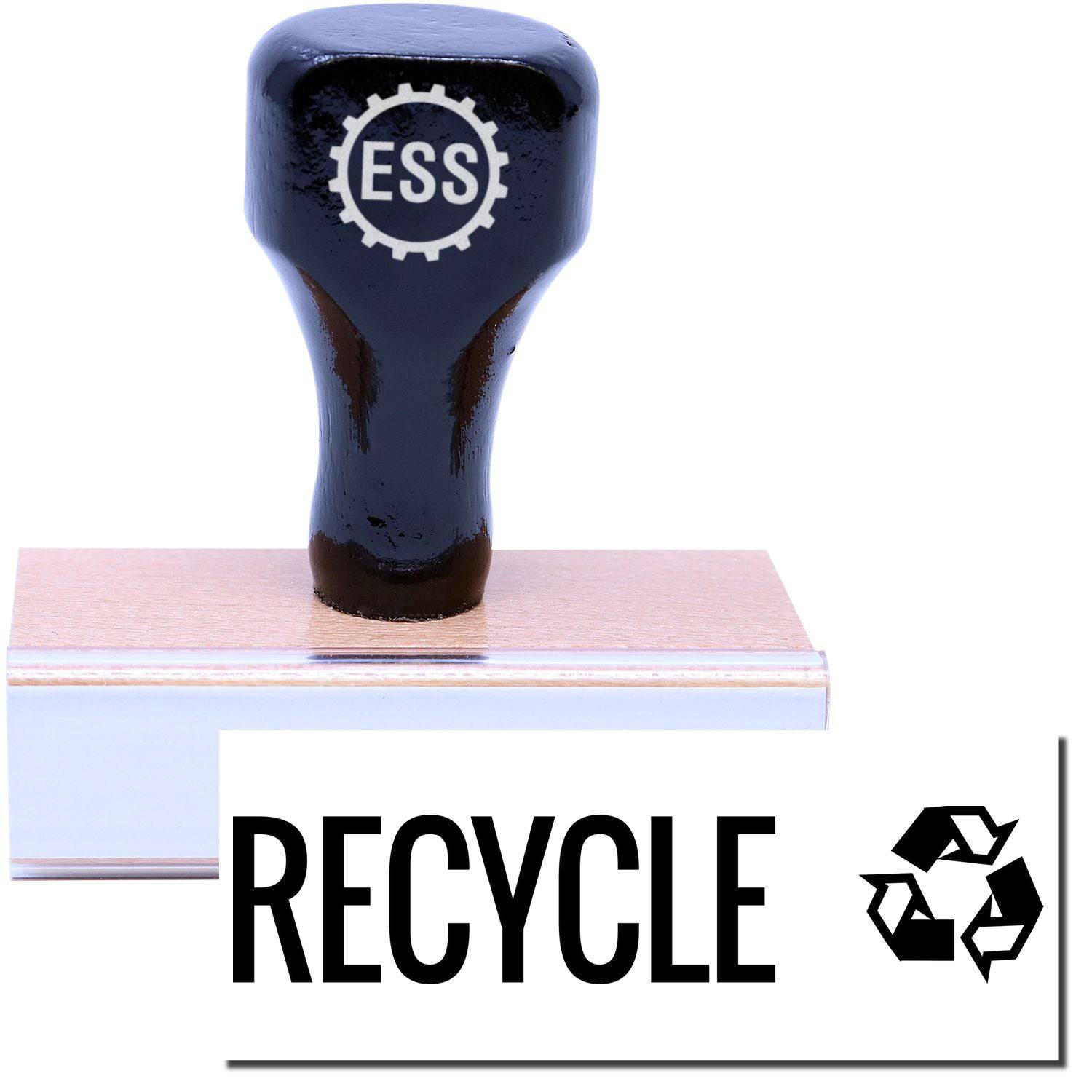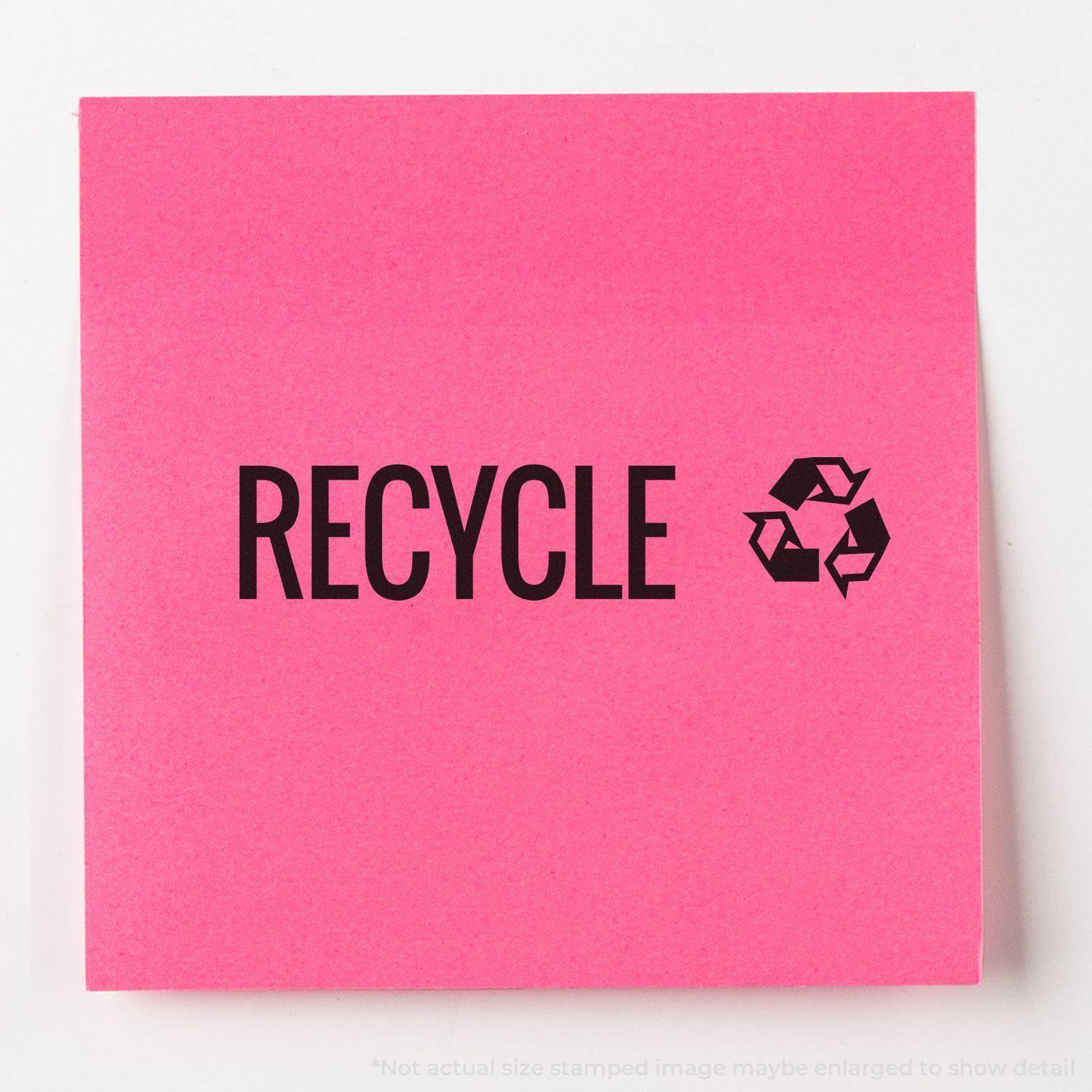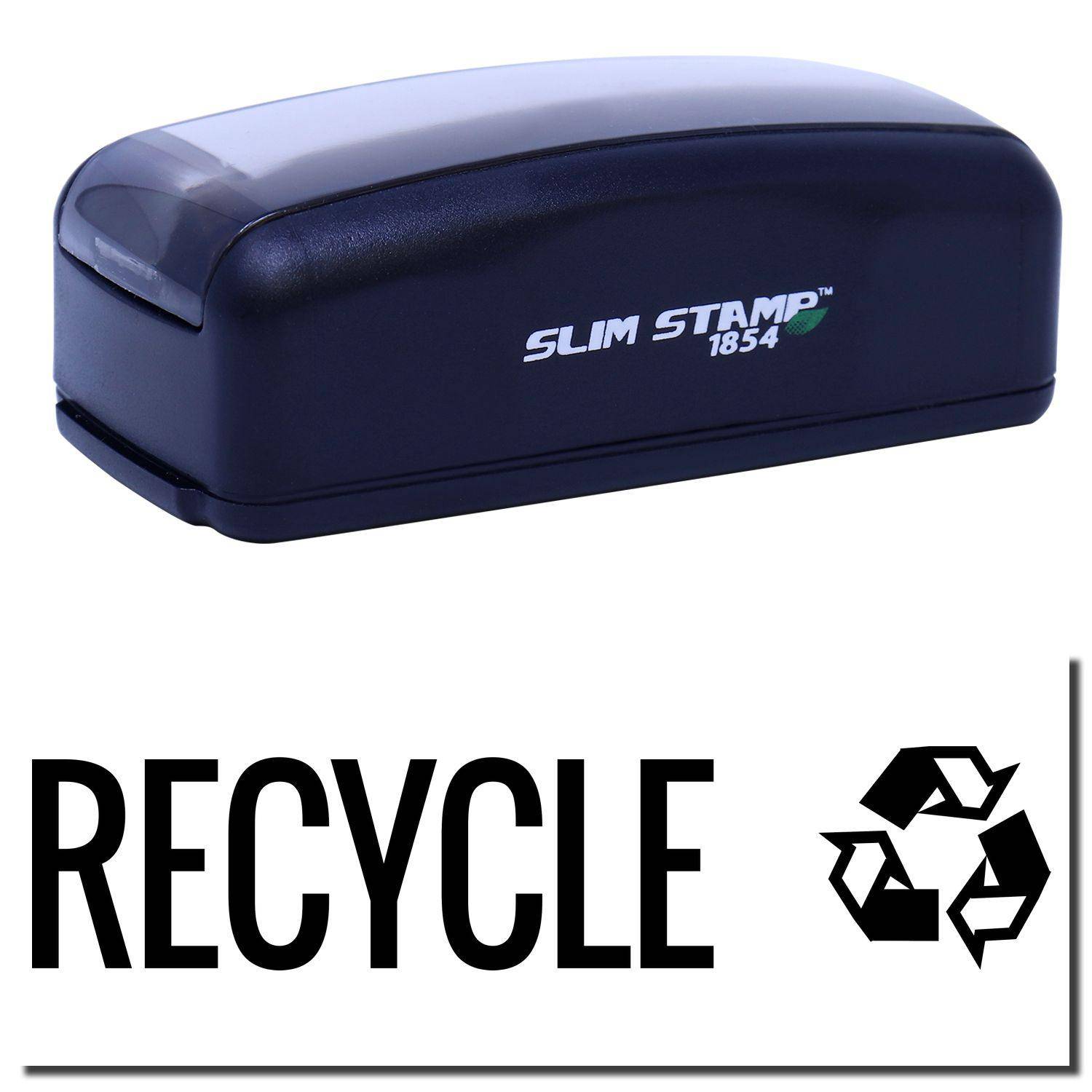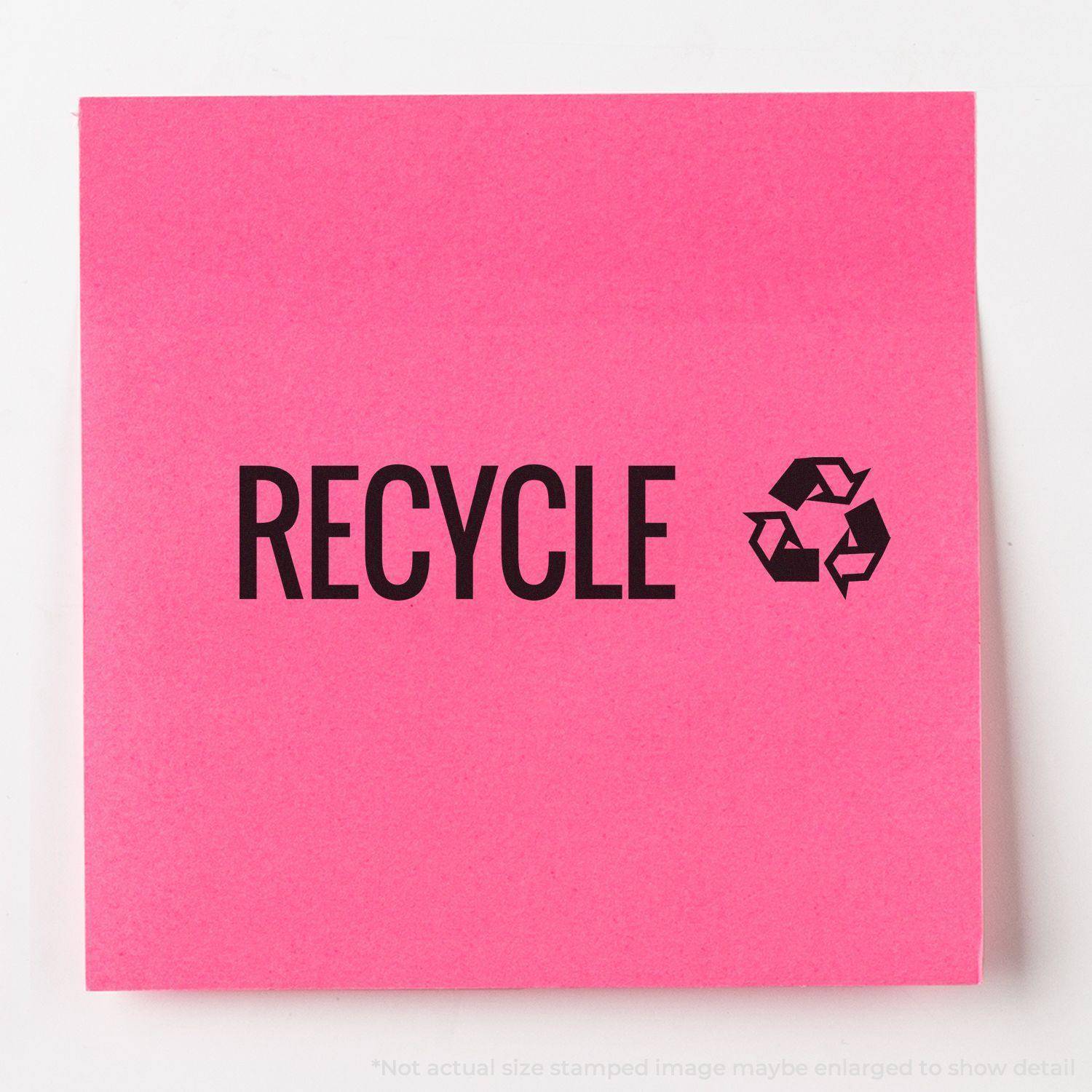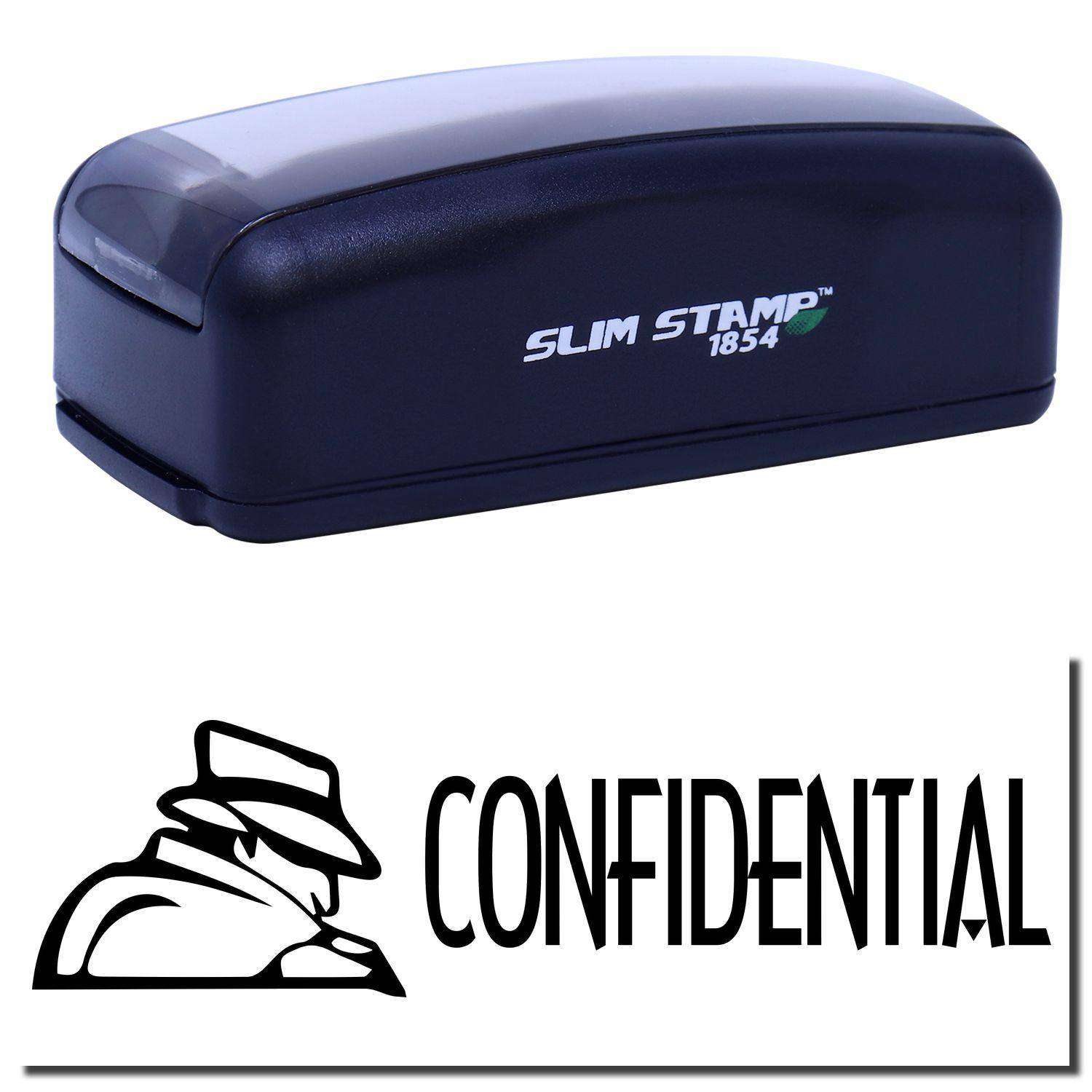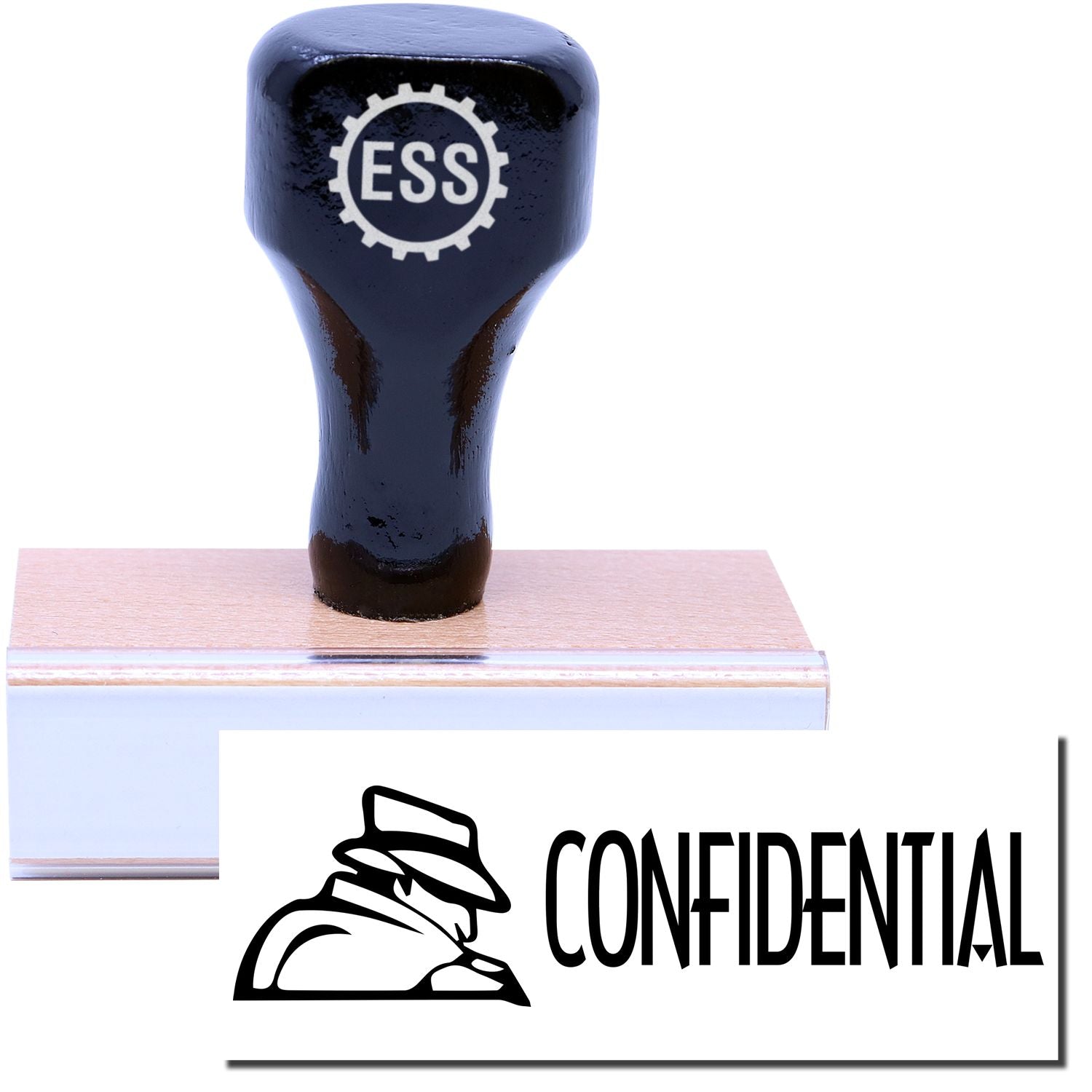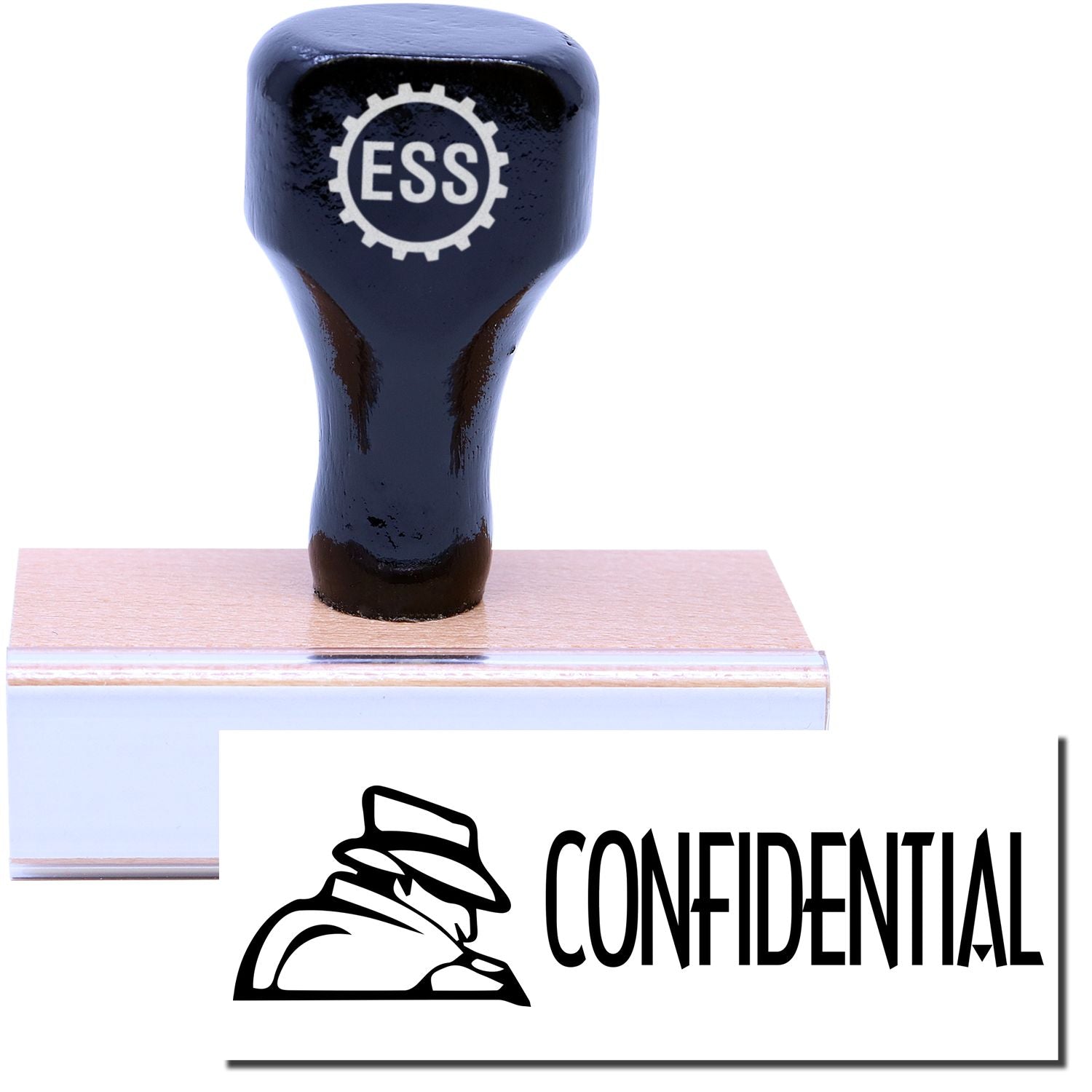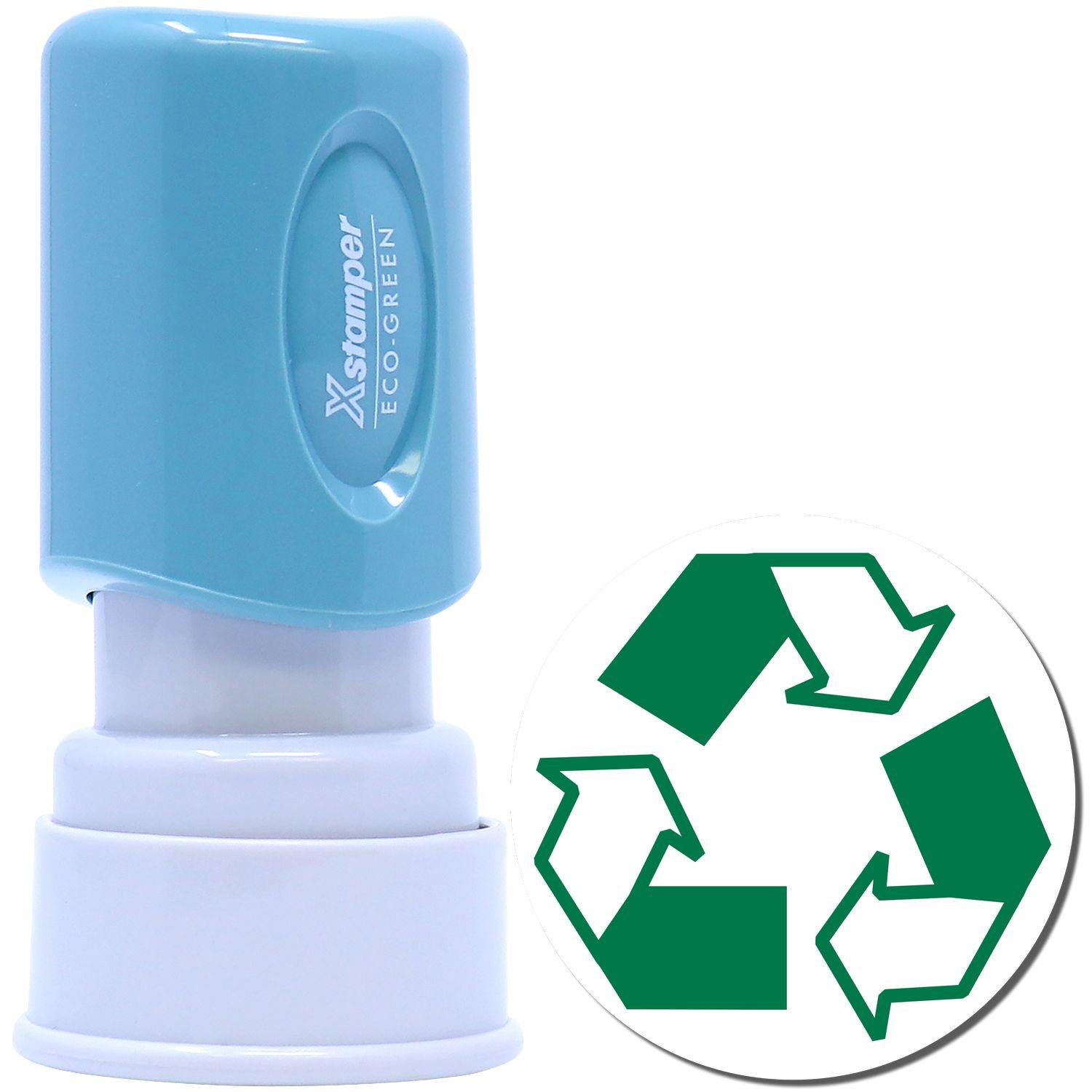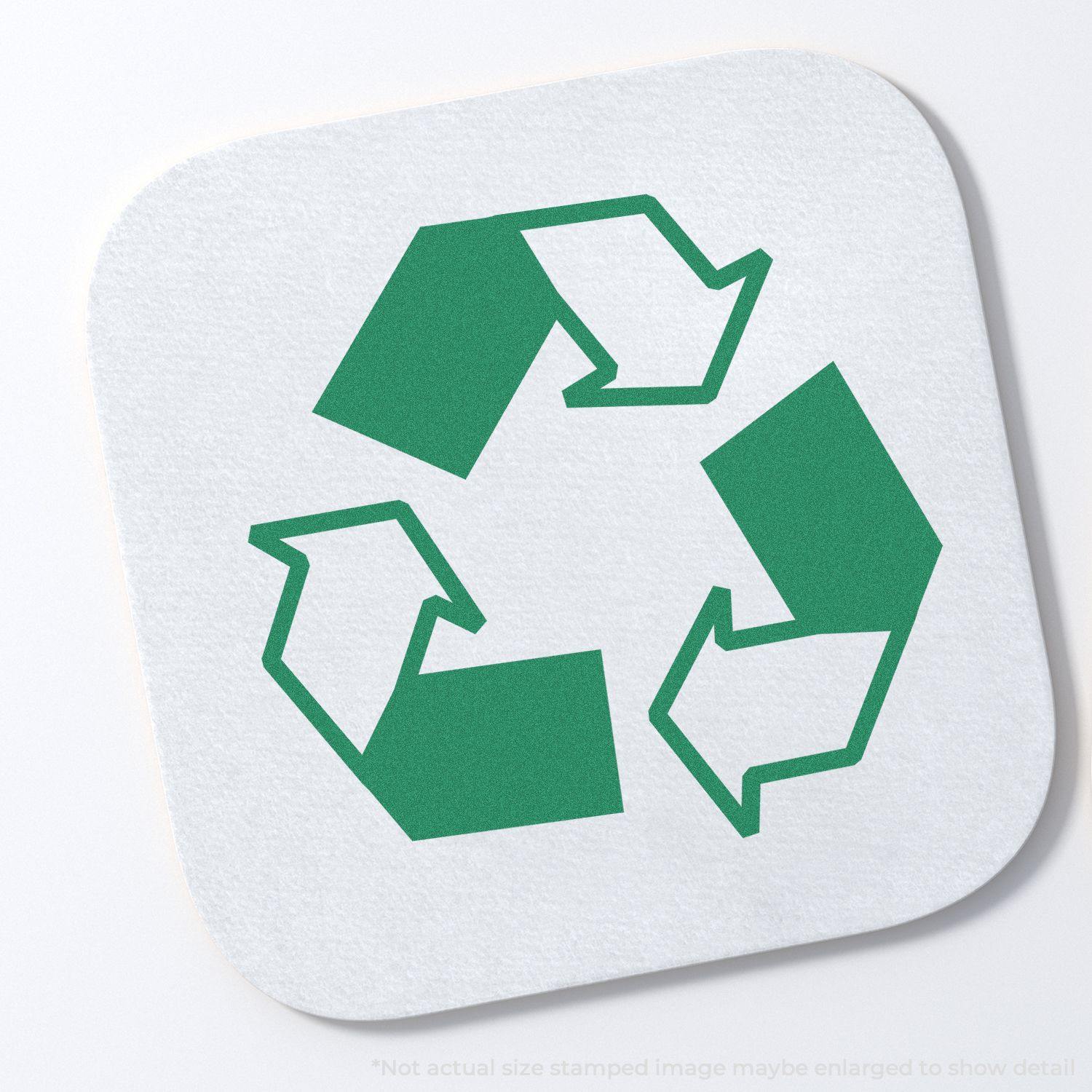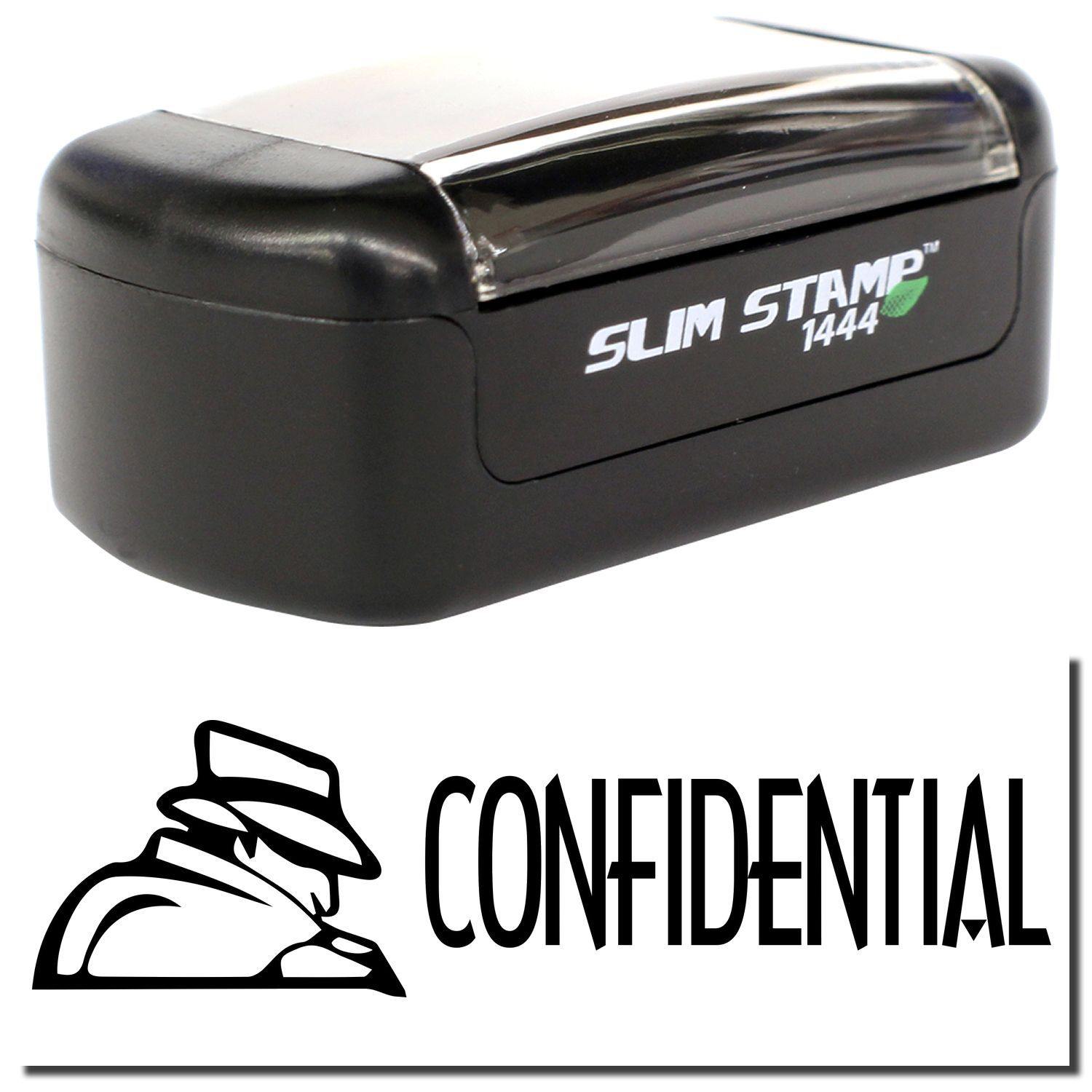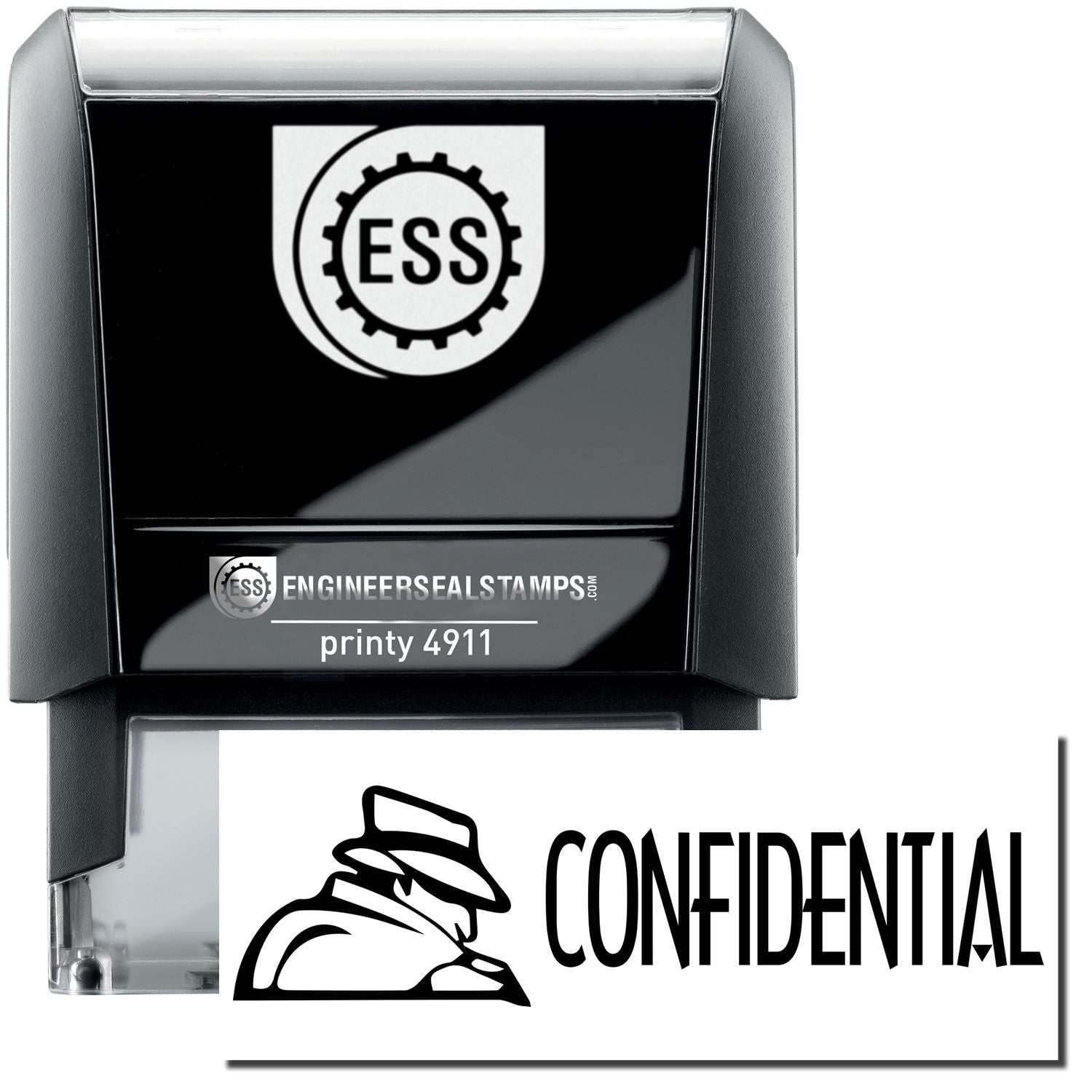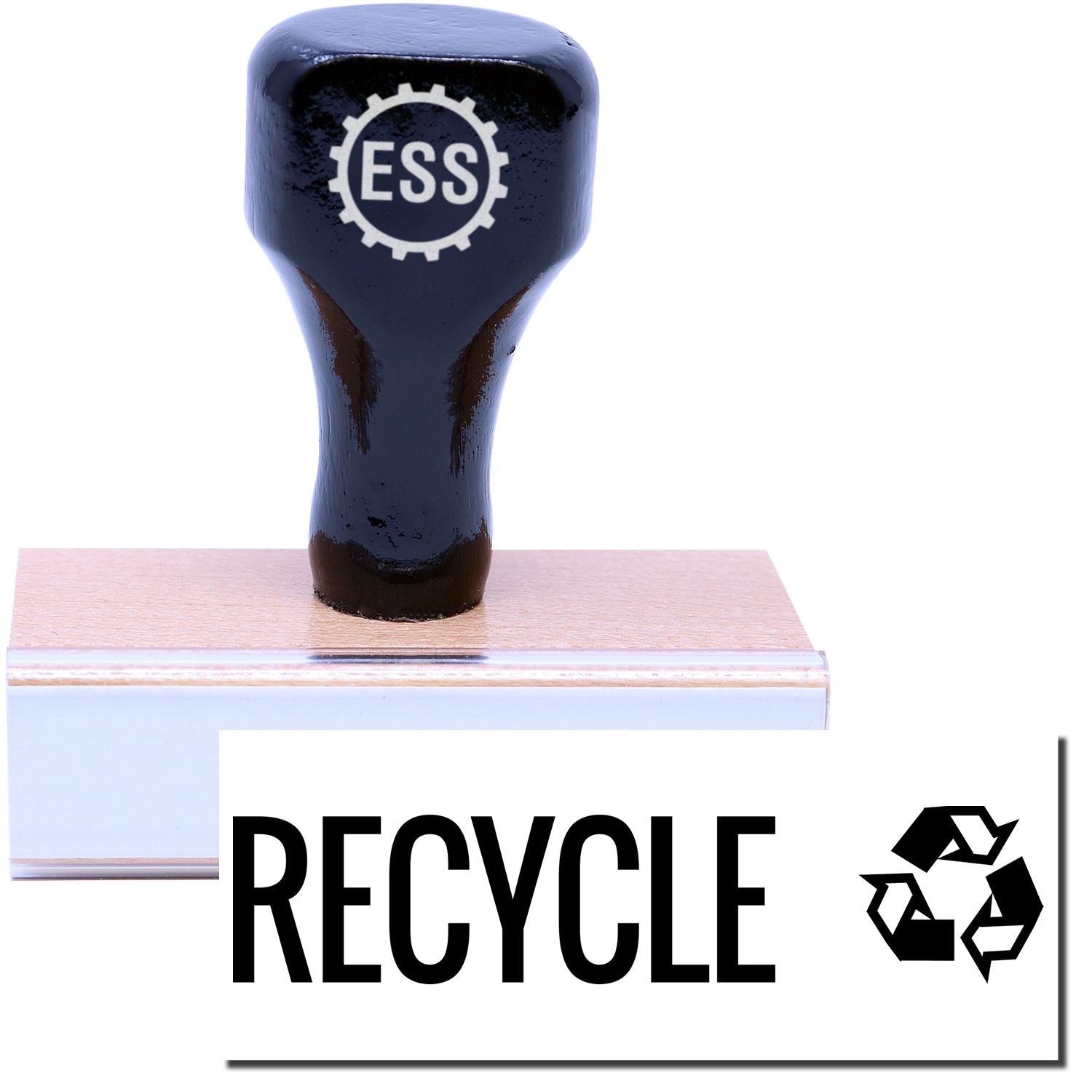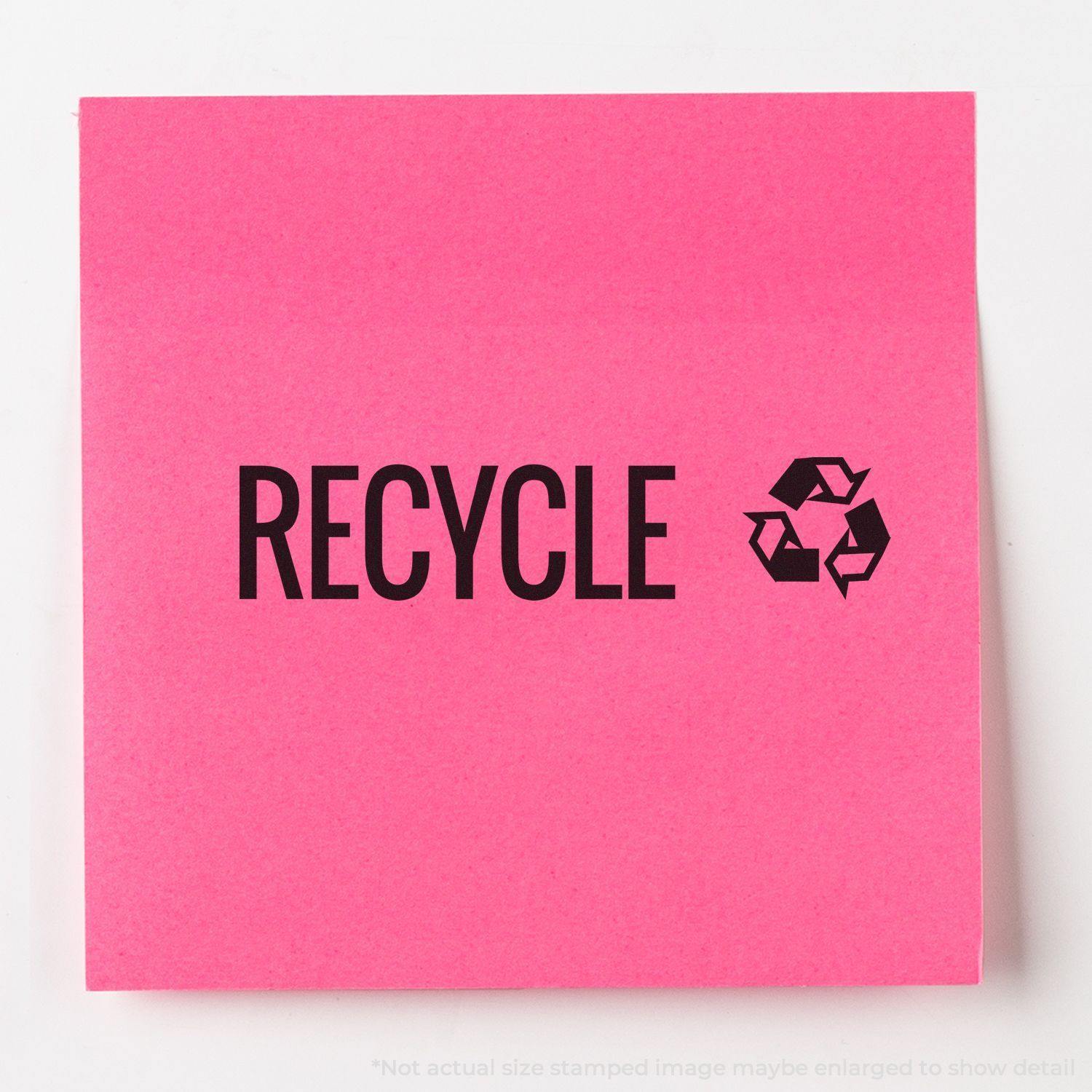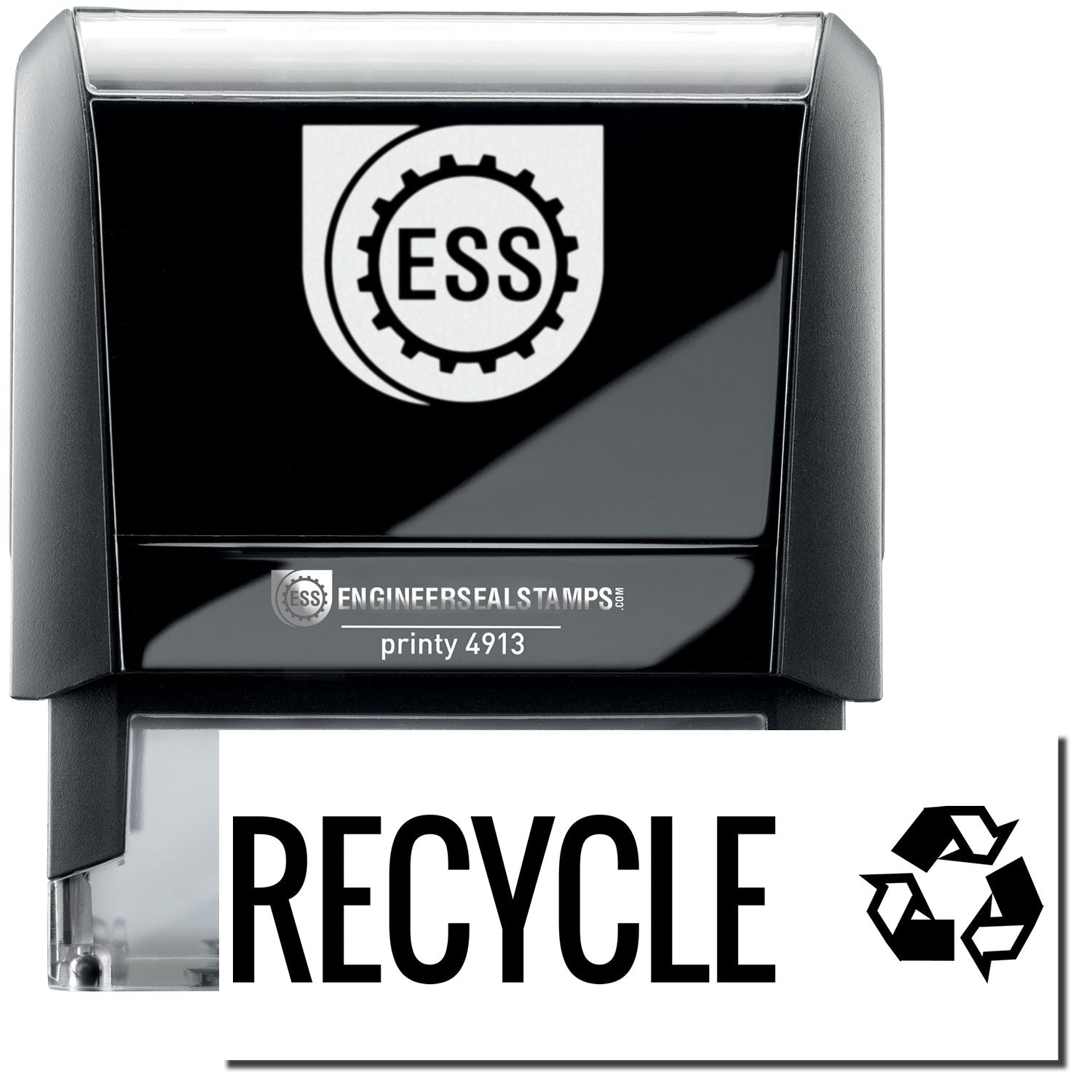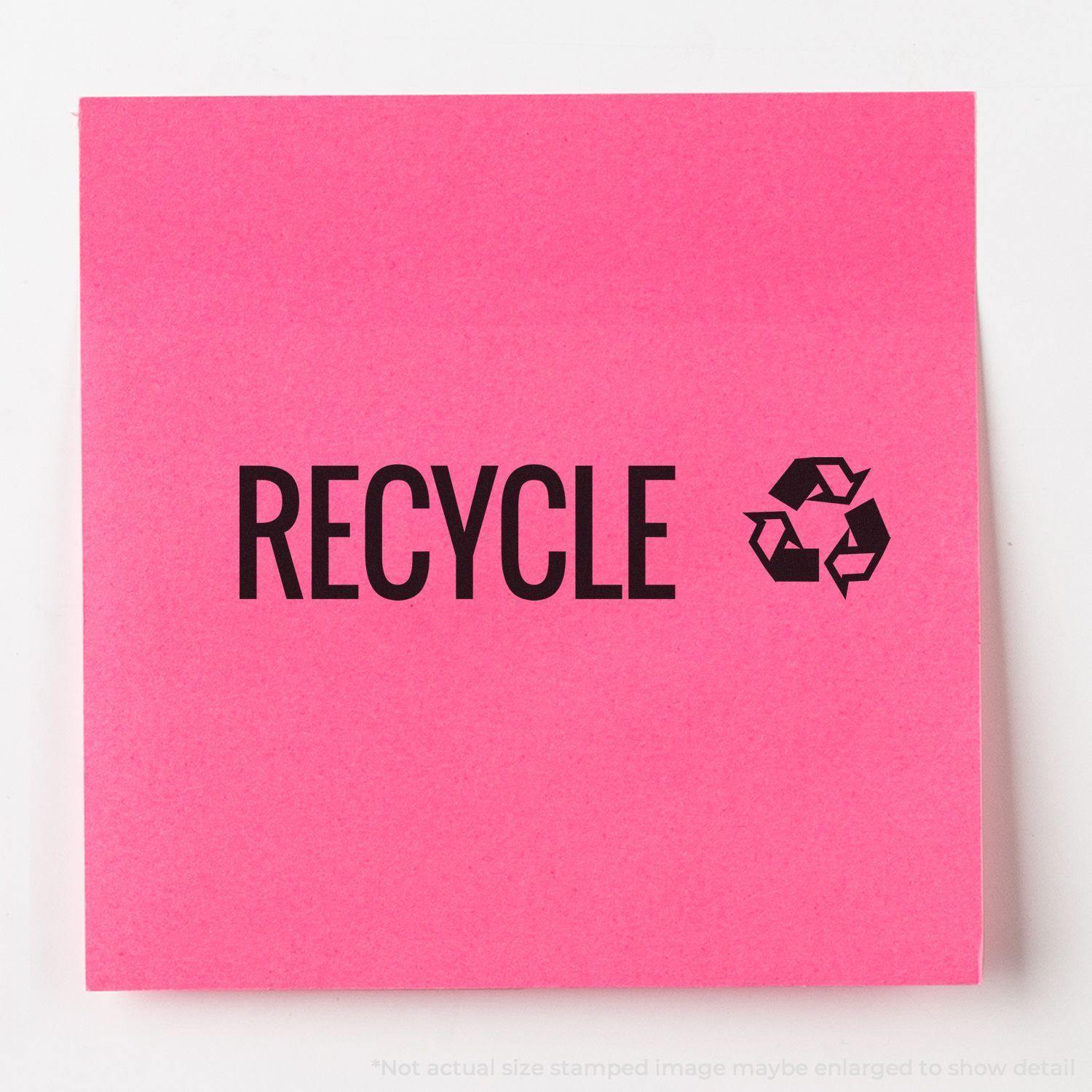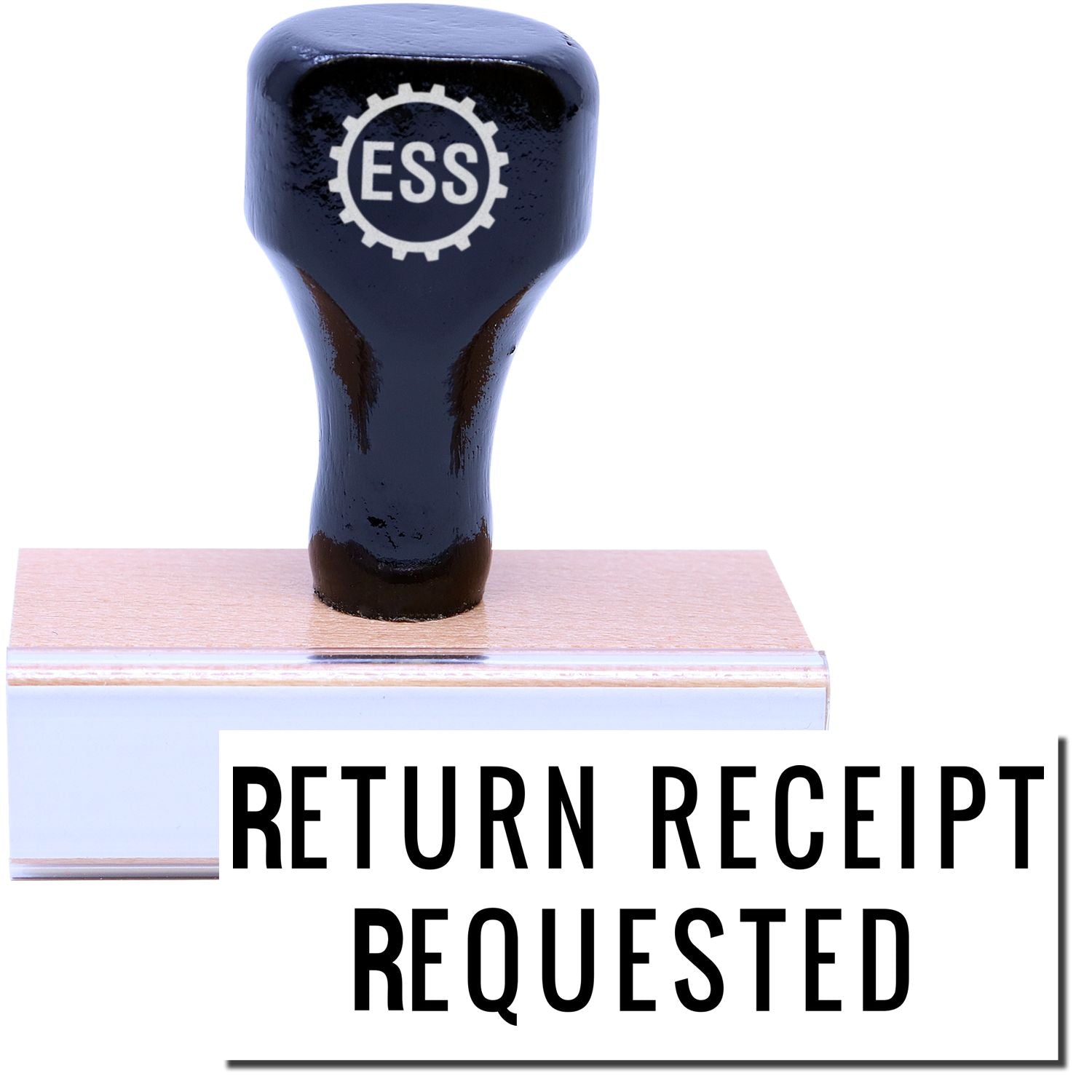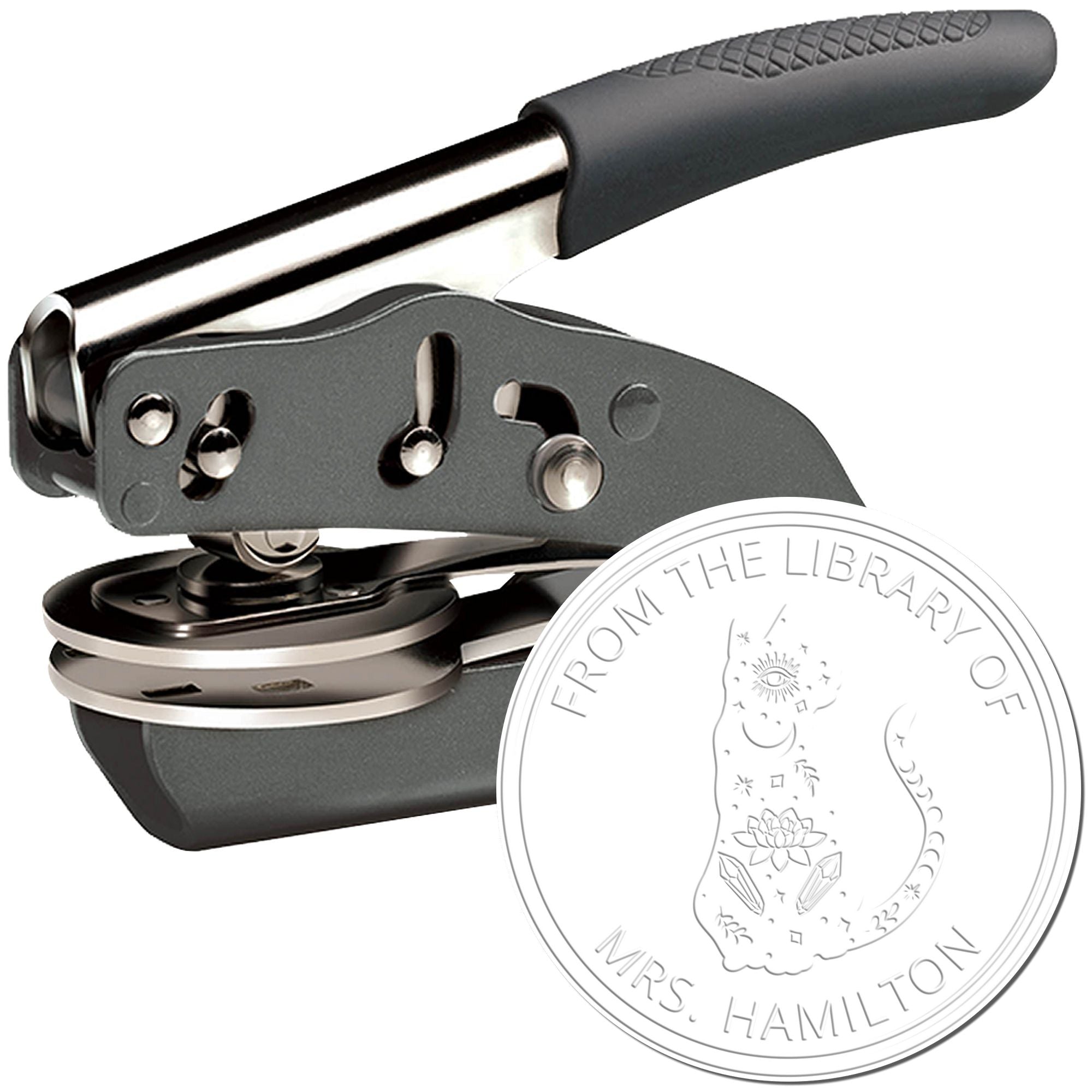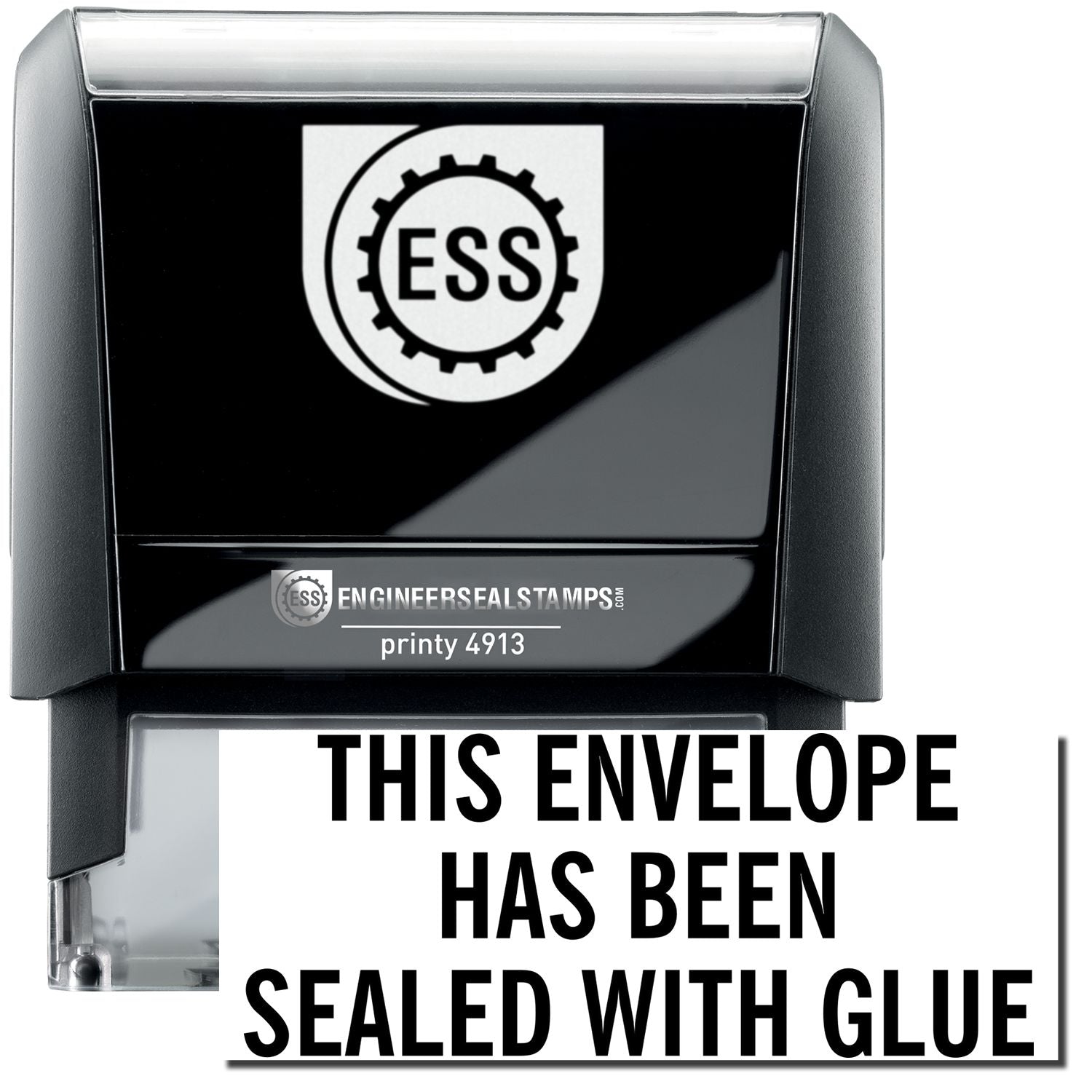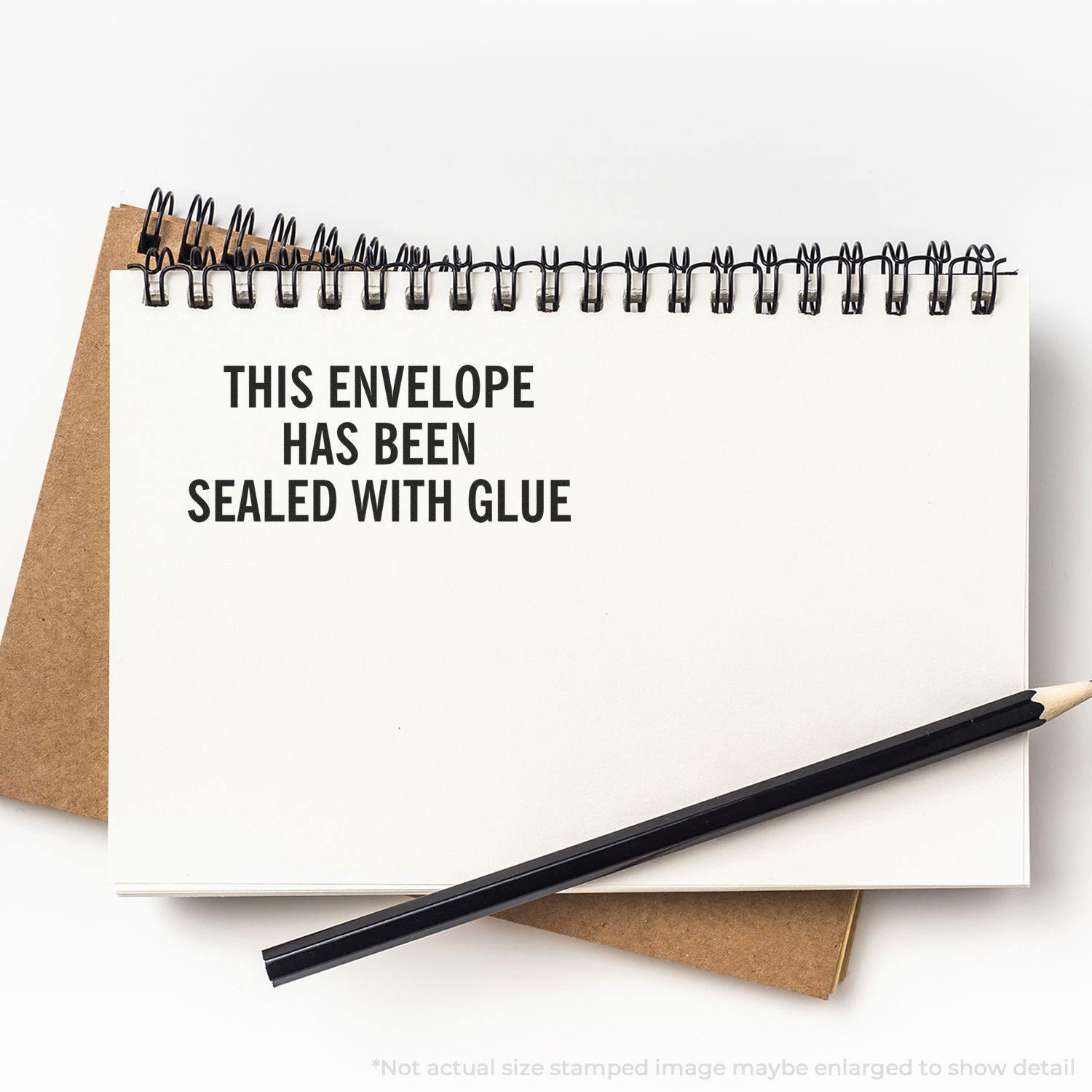The Importance of Inspection Stamps
Inspection stamps play a crucial role in the world of packaging, ensuring that products meet quality standards and adhere to regulations. These stamps serve as a visual indicator that a thorough inspection has been conducted, providing confidence to both businesses and consumers. In this section, we will explore the role of inspection stamps in packaging and the benefits they offer.
The Role of Inspection Stamps in Packaging
Inspection stamps serve as an official mark of approval for packaging materials, products, or documents. They are typically used by manufacturers, warehouses, and businesses involved in quality control and assurance processes. These stamps are applied to indicate that a product has undergone a comprehensive inspection and meets the necessary standards.
By affixing an inspection stamp, businesses demonstrate their commitment to delivering high-quality products to consumers. These stamps act as a visual cue, assuring customers that the item they are purchasing has undergone rigorous evaluation and has been deemed fit for use.
Benefits of Using Inspection Stamps
Using inspection stamps in packaging offers several benefits for businesses and consumers alike. Let's explore some of the key advantages:
-
Quality Control and Assurance: Inspection stamps help businesses maintain consistent quality standards by verifying that products meet predetermined criteria. By conducting inspections and applying these stamps, companies can ensure that their products are free from defects, meet safety requirements, and adhere to industry standards.
-
Compliance with Regulations and Standards: In various industries, regulatory bodies and standards organizations require businesses to comply with specific guidelines. Inspection stamps aid in demonstrating compliance with these regulations, ensuring that products are safe, reliable, and meet legal requirements.
-
Tracking and Inventory Management: Inspection stamps can also be used to track products throughout the supply chain. By stamping items at different stages of the production and distribution process, businesses can easily identify and monitor inventory, ensuring that all products are inspected and accounted for.
-
Enhanced Brand Reputation: Utilizing inspection stamps can enhance a brand's reputation for quality and reliability. When customers see the stamp on packaging, they are assured that the product has undergone thorough inspection and is of high quality. This trust in the brand's commitment to quality can lead to increased customer loyalty and positive word-of-mouth.
In conclusion, inspection stamps play a vital role in the packaging industry, providing assurance of quality, compliance, and adherence to standards. By utilizing these stamps, businesses can enhance their reputation, improve customer satisfaction, and ensure that their products meet the highest quality standards. For more information on inspection stamps and their applications in different industries, check out our article on inspection stamps.
Understanding Custom Rubber Stamps
When it comes to inspection stamps for packaging, custom rubber stamps play a crucial role in ensuring quality control and compliance with standards. Let's take a closer look at what custom rubber stamps are and the different types available.
What are Custom Rubber Stamps?
Custom rubber stamps are specialized stamps that can be customized with specific designs, text, and logos based on individual requirements. These stamps are commonly used for various purposes, including inspections, quality control, and documentation. With their versatility and adaptability, custom rubber stamps are an essential tool for businesses across different industries.
The customization options for rubber stamps allow businesses to create stamps that meet their specific needs. Whether it's incorporating a company logo, adding inspection codes, or including unique identifiers, custom rubber stamps provide the flexibility to create personalized imprints for different applications.
Different Types of Custom Rubber Stamps
There are different types of custom rubber stamps available, each offering distinct advantages depending on the intended use. Two popular types of custom rubber stamps are self-inking inspection stamps and pre-inked inspection stamps.
Self-Inking Inspection Stamps
Self-inking inspection stamps are designed for quick and efficient stamping. These stamps contain an integrated ink pad within the stamp body, eliminating the need for a separate ink pad. With each impression, the stamp automatically re-inks itself, making it convenient and mess-free. Self-inking inspection stamps are ideal for high-volume usage, where rapid stamping is required. These stamps offer durability and ease of use, making them a popular choice for businesses in various industries. For more information on self-inking inspection stamps, check out our article on self-inking inspection stamps.
Pre-Inked Inspection Stamps
Pre-inked inspection stamps are another type of custom rubber stamp that offers excellent image quality and precision. These stamps are made with a specialized foam pad that is pre-inked, allowing for high-resolution imprints. The pre-inked design eliminates the need for a separate ink pad, making it a convenient option for on-the-go inspections. Pre-inked inspection stamps are known for their durability and long-lasting performance. To learn more about pre-inked inspection stamps, visit our article on pre-inked inspection stamps.
By understanding the concept of custom rubber stamps and the different types available, businesses can select the most suitable option for their inspection needs. Whether it's self-inking or pre-inked, custom rubber stamps provide a reliable and efficient way to mark packaging, documents, and other items with inspection information. For more information on inspection stamps and their applications in various industries, check out our article on inspection stamps.
Key Features of Inspection Stamps
Inspection stamps play a crucial role in ensuring quality control and compliance in the packaging industry. When choosing the right inspection stamp for your needs, there are several key features to consider: durable materials, clear and legible imprints, and customizable designs and sizes.
Durable Materials for Longevity
An inspection stamp should be built to withstand repeated use in various environments. To ensure longevity, it is essential to select a stamp made from durable materials. Common options include metal, plastic, and rubber. Metal stamps are known for their strength and resistance to wear, while plastic and rubber stamps offer flexibility and ease of use. Choosing a stamp made from high-quality materials will contribute to its long-lasting performance, minimizing the need for frequent replacements.
| Material | Durability |
|---|---|
| Metal | Highly durable and resistant to wear |
| Plastic | Lightweight and flexible |
| Rubber | Offers excellent grip and durability |
Clear and Legible Imprints
The imprints left by inspection stamps should be clear, legible, and easily identifiable. This is especially important for quality control purposes, as it ensures that the necessary information is accurately conveyed. The clarity of the imprint depends on the stamp's design and the ink or marking method used. Self-inking and pre-inked stamps are popular choices as they provide consistent and sharp imprints. Remember to choose a stamp size that suits your specific needs, ensuring that the text or symbols are easily readable, even on smaller packaging surfaces.
Customizable Designs and Sizes
Every business has unique requirements when it comes to inspection stamps for packaging. Customization options allow you to tailor the stamp to your specific needs, enhancing its functionality and effectiveness. Consider the design and size options available to ensure that the stamp meets your requirements. Customization may include adding specific text, logos, or symbols that are relevant to your industry or business. It's important to choose a stamp that can accommodate your desired design and size specifications. This way, you can create a stamp that aligns with your brand identity and makes the inspection process more efficient.
By considering these key features, you can select an inspection stamp that meets your packaging needs. Whether you opt for a durable metal stamp, a flexible plastic stamp, or a versatile rubber stamp, ensure that the imprints are clear and legible. Customizing the design and size of the stamp allows you to tailor it to your specific requirements. Visit our articles on inspection stamps for business, inspection stamps for manufacturing, inspection stamps for warehouses, inspection stamps for documents, inspection stamps for inventory, and inspection stamps for equipment for more information on how inspection stamps can benefit your business.
Applications of Inspection Stamps in Packaging
Inspection stamps play a crucial role in ensuring the quality and compliance of packaging materials. They offer a reliable and efficient way to mark and verify inspections throughout the packaging process. Let's explore some key applications of inspection stamps in the packaging industry.
Quality Control and Assurance
Maintaining consistent quality is paramount in the packaging industry. Inspection stamps provide a simple yet effective way to mark packaging materials once they have been inspected and approved. By stamping packages with an inspection mark, manufacturers can easily identify and track products that have met the required quality standards. This helps to ensure that only products of the highest quality are released into the market.
Moreover, inspection stamps can be customized to include specific information such as inspection dates, codes, or symbols. This allows for accurate record-keeping and traceability, facilitating quick identification of any potential quality issues or recalls.
Compliance with Regulations and Standards
Packaging materials must comply with various regulations and industry standards to ensure consumer safety and satisfaction. Inspection stamps play a vital role in meeting these requirements. By using inspection stamps, packaging manufacturers can clearly indicate that their products have undergone the necessary inspections and comply with the applicable regulations.
For example, in the food and beverage industry, packaging materials are subject to strict guidelines to ensure hygiene and safety. Inspection stamps can be used to indicate that the packaging has been inspected and meets the necessary safety standards. This not only assures consumers but also helps businesses demonstrate their commitment to quality and compliance.
Tracking and Inventory Management
Efficient tracking and inventory management are essential for packaging companies. Inspection stamps can be used to mark packaging materials with unique identifiers, such as serial numbers or barcodes. These identifiers enable accurate tracking and efficient management of inventory throughout the supply chain.
By utilizing inspection stamps with such identifiers, packaging companies can easily monitor the movement of their products, track inventory levels, and streamline logistics. This helps to minimize errors, reduce waste, and optimize the overall packaging process.
By leveraging the applications of inspection stamps in packaging, businesses can improve quality control, ensure compliance with regulations, and enhance inventory management. Customizing inspection stamps based on specific needs and requirements allows for effective and efficient monitoring of the packaging process.
Maximizing the Potential of Inspection Stamps
To fully unleash the potential of inspection stamps for packaging, it's important to implement best practices for using these stamps and ensure proper maintenance and care. By following these guidelines, you can maximize the effectiveness and longevity of your inspection stamps.
Best Practices for Using Inspection Stamps
When using inspection stamps, it's essential to establish clear procedures and guidelines to maintain consistency and accuracy. Here are some best practices to consider:
-
Standardize Stamp Placement: Determine the optimal location on the packaging where the inspection stamp should be applied. This helps to ensure that the stamp is easily visible and allows for efficient identification.
-
Use High-Quality Ink: Choose an ink that is suitable for the surface of your packaging material and provides clear and long-lasting imprints. Consider using fast-drying inks to prevent smudging and maintain readability.
-
Establish Inspection Codes: Develop a set of standardized inspection codes or symbols that can be easily understood by the inspection team. This promotes efficient communication and minimizes the chances of errors or misinterpretation.
-
Train Inspection Personnel: Provide comprehensive training to the individuals responsible for using the inspection stamps. Ensure they understand the inspection criteria, the meaning of different codes, and the correct stamping techniques.
-
Regularly Audit and Review: Conduct periodic audits to ensure compliance with the established inspection procedures. Review the quality of the stamp imprints and address any issues promptly.
By incorporating these best practices into your inspection stamping process, you can streamline your quality control efforts and enhance the overall efficiency of your packaging operations.
Maintenance and Care Tips for Longevity
To prolong the lifespan of your inspection stamps and maintain their performance, proper maintenance and care are essential. Consider the following tips:
-
Clean Stamps Regularly: After each use, clean the stamp surface thoroughly to remove any residual ink or debris. Use a mild cleaning solution or warm soapy water, and ensure the stamp is completely dry before storage.
-
Store in a Suitable Environment: Store your inspection stamps in a clean, dry, and temperature-controlled environment. Excessive heat, humidity, or exposure to direct sunlight can damage the stamp material and affect its functionality.
-
Avoid Excessive Pressure: When stamping, apply consistent and moderate pressure to ensure a clear imprint. Excessive pressure can cause unnecessary wear and tear on the stamp, leading to a shorter lifespan.
-
Inspect for Damage: Regularly examine your inspection stamps for signs of damage, such as cracks or worn-out components. If any issues are detected, consider replacing the stamp to maintain the quality of your imprints.
-
Replace Ink Pads as Needed: If you are using self-inking or pre-inked inspection stamps, monitor the ink levels and replace the ink pad when it is running low. This ensures consistent and legible imprints.
By implementing these maintenance and care tips, you can extend the life of your inspection stamps and ensure that they continue to provide clear and reliable imprints for your packaging inspections.
Remember, inspection stamps are a valuable tool for maintaining quality control and compliance in packaging processes. By following best practices and taking proper care of your inspection stamps, you can unleash their full potential and optimize your packaging operations.
About ESS
At Engineer Seal Stamps (ESS), we aren't just makers; we're dedicated craftsmen passionate about bringing precision to your fingertips. Specializing in the creation of custom rubber stamps, professional seals, and notary stamps, our expertise is underpinned by a steadfast commitment to stellar customer service. Every ESS product isn't just a tool, but a promise—backed by our state board guarantee, ensuring that each seal and stamp you receive from us is of impeccable standard. Our dedication extends beyond the product; we pride ourselves on being responsive, attentive, and always in tune with our customers' needs. Choose ESS, where excellence meets assurance, and every impression counts.




